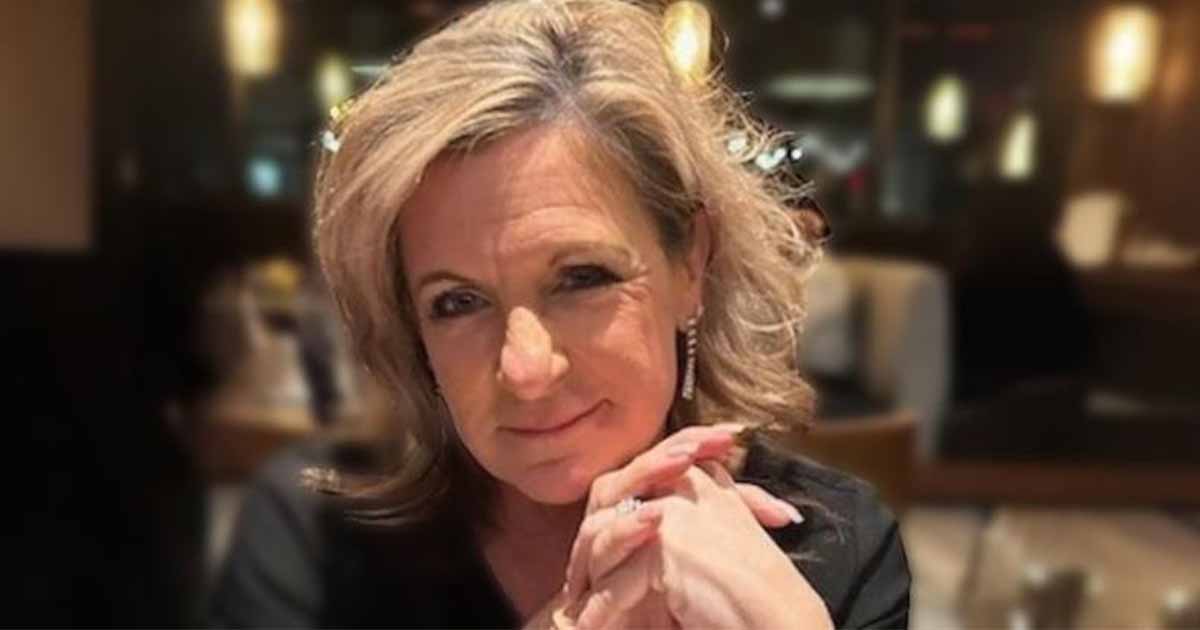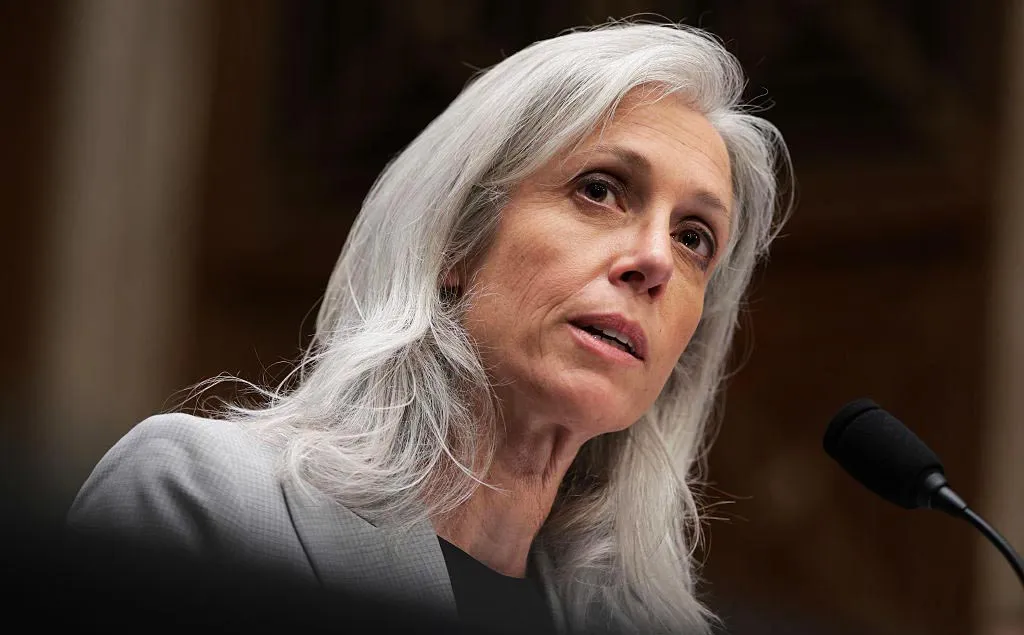mHealth advocates are giving good early reviews to the U.S. Food and Drug Administration's final guidance document on the regulation of mobile medical apps, with one expert calling it "an expansive document that truly seeks to deregulate our nimble and innovative industry, while ensuring patient safety."
[See also: FDA releases final rules on mobile apps.]
"The guidance goes much further than I thought it would," said Robert Jarrin, senior director of government affairs for Qualcomm, who noted that the agency has taken a new and novel approach in launching a consumer-facing website with an adjoining list of regulated apps that may be updated on a regular basis. In addition, he said, the FDA is creating a team that will be tasked with answering public inquiries about mobile medical apps submitted through mobilemedicalapps@fda.hhs.gov.
"We are obviously delighted that after all of the debate this summer, FDA chose to go forward with publishing the guidance," said Bradley Merrill Thompson, an attorney with the Washington D.C.-based Epstein Becker Green law firm and legal counsel for the mHealth Regulatory Coalition. "I think this shows both courage and a genuine desire to help innovation."
[See also: Leaders urge FDA to keep up with mHealth.]
The American Telemedicine Association also expressed its support.
 "The FDA has chosen wisely to target its strict regulatory efforts on mobile applications that could pose a significant risk to consumers if used improperly." said Jonathan Linkous, the ATA's chief executive officer, in a release. “Their regulation will help reassure patients and consumers that mobile health applications are not only convenient, but safe.”
"The FDA has chosen wisely to target its strict regulatory efforts on mobile applications that could pose a significant risk to consumers if used improperly." said Jonathan Linkous, the ATA's chief executive officer, in a release. “Their regulation will help reassure patients and consumers that mobile health applications are not only convenient, but safe.”
“This regulation is critical to the growth in the use of wireless devices and software. Providing the FDA's stamp of approval will provide needed assurance to providers and consumers that telemedicine can help improve quality, access and affordability of care,” he added.
Others aren't so sure. In a statement, the Health IT Now Coalition said more work is needed to bring mHealth legislation up to date.
“We don’t want to lose sight of the longer term goal, which is rationalizing the regulatory framework so that innovation and patient safety are protected, and duplication and regulatory burdens are reduced," said Joel White, the coalition's executive director, in the statement. "By issuing the final guidance, FDA has endorsed an old framework. We think the Administration and Congress ought to work together on updating the 1970s era law to meet the needs of the 2013 and beyond mobile health economy. So we look forward to the HHS report with recommendations on a new framework for health IT regulation.”
In praising the regulations, Thompson pointed out that the FDA took a long time between the initial release of proposed guidelines in June 2011 and this week to come up with a final document.
"Their approach to the comments in this case is quite different than normal. The usual situation with FDA is a dozen or so institutions file comments, and FDA changes a few words before finalizing the guidance document. In this case, FDA made massive changes to the guidance document in response to the comments. They really showed that they cared about the comments they received," he said.
"However, this does create an interesting problem," he added. "An awful lot of the language in the final guidance document is new, which means it has not been publicly vetted before. While much of it is carefully written, some of it is subject to interpretation and a bit confusing. I’m sure these issues will get worked out; they don’t seem to be very fundamental."
The release of the final guidance document caps a tumultuous year that saw different mHealth interests lobbying for and against the FDA. In June, the mHealth Regulatory Coalition asked federal officials to pressure the FDA to release the document, saying it would help foster innovation in the mHealth space and curb fears that the regulations would be too restrictive.
Others, meanwhile, wanted a delay until the Food and Drug Administration Safety Innovation Act (FDASIA) Workgroup could come out with its recommendation for an overall HIT governance structure. Some even argued that the FDA shouldn't be regulating mobile medical apps at all, and that a new office should be created within the Office of the National Coordinator for Health IT to handle mHealth matters.
On September 4, the FDASIA workgroup released its recommendations, and urged the FDA to present its final guidance. That report was endorsed by the Health IT Policy Committee, which further recommended more funding and staff for the agency.
Public perception seems to favor the FDA's role in app regulation. In a poll taken during the past two months by Software Advice, 68 percent of those responding indicated the FDA should regulate mobile medical apps.
Jarrin – who was a member of that FDASIA Workgroup – said his early reaction to the document focused on these points:
- The FDA will not regulate calculators such as Glasgow, Coma Scale, Pain Index, Apgar Score and NIH Stroke scale. In the initial document, the FDA had indicated it would regulate those apps
- The FDA also indicated – in what Jarrin called an "extraordinary" move – that it would not regulate NXQ product code devices, which are Medication Reminder Class I, 510(k) and GMP-exempt medical devices. "This is a really huge deal because the agency usually declassifies a code through a lengthy legal process … and here they are attempting to signal their intentions through guidance," he said.
- The FDA has also added two new appendices: Examples of mobile apps that are not considered medical devices, and examples of apps on which the FDA would exercise enforcement discretion.
"The guidance has numerous examples that will need to be further explored and tested but seemingly all help speed innovation in the mobile medical apps space," Jarrin concluded. "I feel confident that this remarkable step signals a new path where FDA is seen as a partner working closely with the converged medical device and mobile medical apps spaces."
Thompson also had some specific comments about the final guidance:
- The FDA, he said, "took the concept of exempting borderline apps under its enforcement discretion authority, and greatly expanded the amount of text dedicated to explaining its approach," going from a footnote to six full pages. "This is a wonderful development for (the) industry because it really is clarifying what was previously confusing, and perhaps even expanding on the idea. Plainly there are a lot of apps that in FDA’s mind might qualify as a medical device but don’t deserve active regulatory oversight."
- Thompson also took note of the FDA's decision to answer public questions on mobile app regulation. "Perhaps the best news of the day is that this document won’t be simply static guidance," he said. "This is incredibly important, because the mobile app world is changing so quickly that this notice and comment style of guidance development could not possibly keep up. Now obviously there might be an issue if FDA were to take a conservative view of what gets regulated, but every indication now is that FDA is trying to be as deregulatory as they can be, while still assuring patient safety."
- On the issue of clinical decision support software, which was "given little attention in the final guidance by design," Thompson said the FDA will work with the FCC and ONC as a part of the FDASIA section 618 process, and come up with some sort of proposal in January 2014. "The proposal might be a part of the formal report to Congress, or it might be separate. The proposal might be specific, or it might identify a range of issues," he said. "But in any event FDA indicated a clear intention to solicit further input after the first of the year when they have completed the agency discussions."
Thompson said one of the key issues going forward for the FDA will be enforcing the regulations. He pointed out that, during a conference call following Monday's release of the final guidance, Shuren said the FDA would work with companies to ensure that they comply with the new rules.
"Reading between the lines, it seems as though he wants to start working with these companies in order to come up with a plan for compliance," Thompson said. "If, for example, a company already has an app on the market that is within FDA regulation but the company has not taken steps to comply, it’s my impression that FDA will want to work with that company over a period of time to allow them to come in to compliance, perhaps without requiring them to exit the market. I’m sure it depends, at least in part, on whether there’s a perceived risk to using the app. At the same time, I did not detect a lack of firmness ultimately. The FDA clearly thinks that these high-risk apps need FDA regulation."


